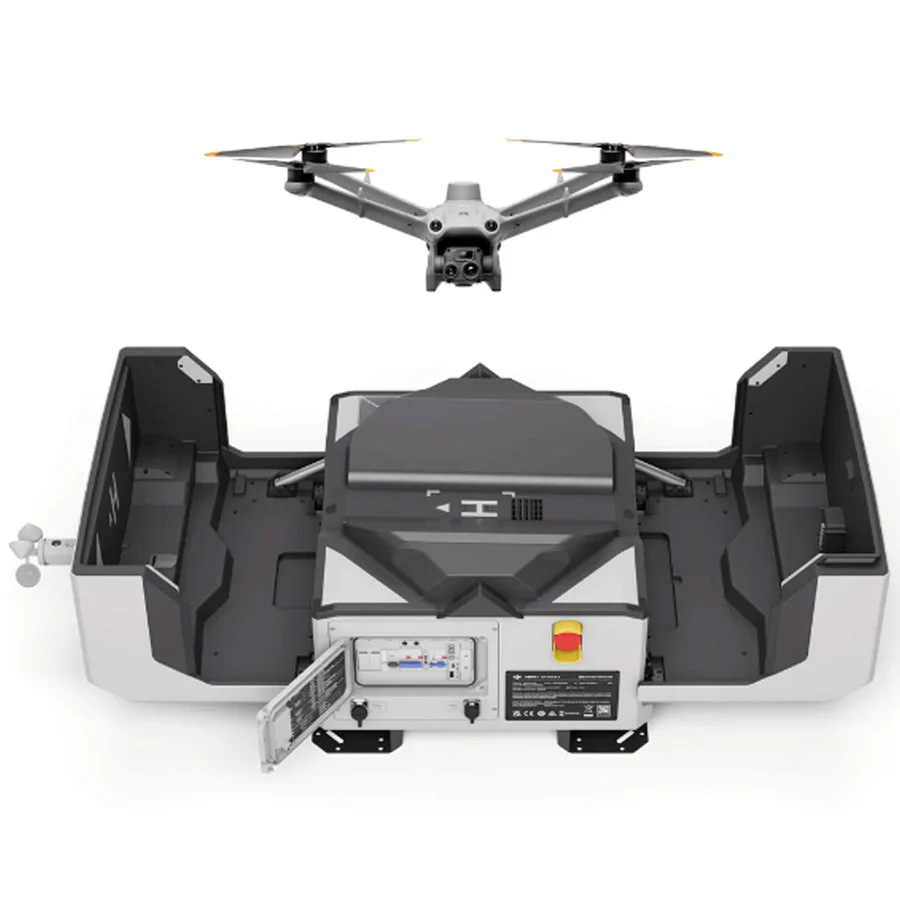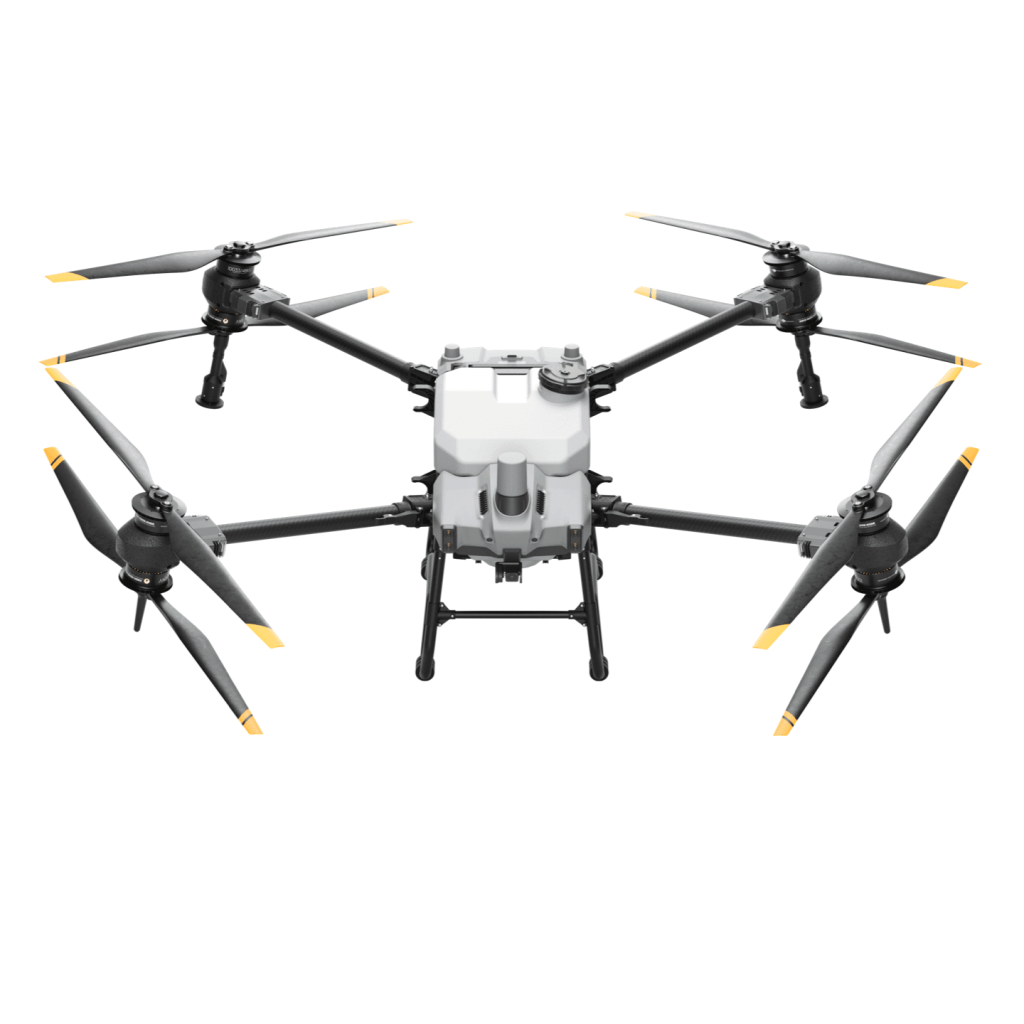Flying a drone can be a fun and challenging activity. Have you just bought your first drone and want to gain your first flying experience? Then read our ten tips for inexperienced drone pilots that will make your first flights easier.
Tips before flying a drone
What should you pay attention to before you start flying a drone?
1. Check the weather conditions
Before your drone flight, check what the weather conditions are like. Most drones cannot fly in the rain and strong winds can also cause problems. The app UAV forecast is specifically designed for pilots. This free app allows you to see at a glance important weather factors such as wind speed, wind direction, weather forecast and the number of satellites the drone can connect to.
The app gives general advice about the weather: not good for flying or good for flying.
2. Calibrate the compass
Before your drone flight, it is important to check all parts of the drone and calibrate your drone’s compass, for example. Make sure there is no damage to the propellers and the outside of the drone. Check whether the batteries are sufficiently charged and remove the gimbal cover (!) from the camera.
Calibrate the drone’s compass:
Follow the steps on the drone controller.
3. Fly only in open airspace
There are different types of flight areas. These include (temporary) no-fly zones, Natura2000 areas and low-flying areas. Where you can fly your drone depends on the airspace and restrictions in place. One Drone map shows what possible restrictions there are for each location.
Tips for flying drones
What you should pay attention to when flying a drone.
4. Always fly in direct line of sight
European law requires drone pilots to always fly the drone within direct line of sight. This means that you must always be able to see the drone during flight. This allows you to survey the environment in which you are flying and avoid accidents with obstacles, people or vehicles.

5. Keep an eye on the drone’s parameters
Some important parameters you will find on the drone controller:
- Airplane mode (GPS is standard)
- Satellite signals
- Connection to the controller
- Access rate
- Height of the drone
- Distance from the drone
The drone searches for satellite networks, such as GPS, to connect to. Make sure the drone has at least 6-8 satellite signals to fly. If the GPS signal drops or deteriorates, try to land the drone safely as quickly as possible.
The bar at the top of the controller’s screen indicates whether the drone has enough GPS signals to fly.
The drone’s battery percentage is displayed in percent and volts. At 30%, you will receive a notification that the drone battery is slowly running low. We recommend landing the drone with a battery level of 20% and not flying unnecessarily until the last few percent. In this case, the drone will automatically land itself.
The altitude of the drone is also displayed on the controller. The maximum height for free-flying drones in Europe is 120 meters.
The connection signal indicates the strength of the radio connection between the drone and controller. If the signal decreases, fly the drone closer to the controller so that the signal does not drop completely. If the signal drops completely, the drone often automatically flies to the saved starting point (return to home).
6. Fly in an environment without obstacles
Take your first drone flights in an environment without too many obstacles. A large meadow is suitable for this. Although most drones these days have obstacle sensors, they cannot be completely relied on. Small obstacles, such as tree branches without leaves, may not be seen by the obstacle sensors. Therefore, take your first flying lessons in a safe environment so that you can familiarize yourself with the controls.
Enjoy your first flying lessons under the guidance of an experienced drone pilot who will explain everything you need to know about your drone and how to fly it? Then book a flight lesson.

7. If in doubt: use RTH
If you find yourself in a difficult situation with your drone, don’t panic. There are two ways to intervene.
Hover the drone. To do this, simply release both control sticks for a moment. The drone stops and the device hangs – in GPS mode – at a fixed position in the air. You can then fly the drone back to a safe place at your leisure.
Use the RTH button. When you press the RTH button, the drone will automatically fly back to the place you started from. The RTH button is always on the drone controller.
8. Make use of the drone’s flight modes
Many drones have built-in flight modes, which you can use as a beginner to create stunning images. By using these flight modes, the flight process is automated. The flight modes you can use as a beginner are:
ActiveTrack
With ActiveTrack, the drone follows the subject of the photo. The subject is tracked in a fluid flight movement until ActiveTrack is switched off.
QuickShot
The QuickShot program allows you to capture the subject through a pre-programmed flight option. You choose the option that best suits your subject and QuickShot takes the shot.
Hyperlapse
With Hyperlapse, the drone takes multiple shots, allowing the device to fly and rotate. You can set a flight route using waypoints. All images are combined into a video.
Waypoints
Choose a few perspectives in advance. The drone then flies a consistent route using these different perspectives.
MasterShots
Select a subject and the drone will take multiple shots of that subject in MasterShots mode.
Tips for the beginner drone pilot
As a drone pilot, what do you have to do before you can fly in European airspace?
9. Register as an operator with the RDW
If the drone has a camera, you must register as an operator with the LBA. You can easily register online by filling out a form. You will receive an operator number from the LBA by email.
The operator number must be clearly visible on the outside of the drone. This can be done through a sticker or branded sign. If the drone has a C1 or higher license plate, you must also have the operator number transferred with Remote ID. Registration as an operator is mandatory. If you don’t comply, you risk a fine.

10. Get your EU drone license
If you want to fly in Europe, possessing an EU drone license is often mandatory. If your drone weighs more than 249 grams, you need at least the A1-A3 certificate.
In the EU drone certificate training you will learn about all European drone regulations. The training ends with an online exam. You can repeat these for free. Once you pass, apply for the official EASA drone certificate, which you will receive digitally within minutes.
If you want to fly a drone with the C2 label, you need the A2 certificate in addition to the A1-A3 certificate.






